Mole, Cyst & Lipoma Removal Near Me
At Rodgers Dermatology, we are experts at the safe and effective surgical removal of these common growths. Schedule a consultation today!
What Causes Moles?
Moles are small, dark spots or growths on the skin caused by clusters of pigment cells called melanocytes. They can vary in size, shape, and color. Most moles are present at birth (congenital nevi) or will develop during childhood or adolescence. They are influenced by genetic factors as well as by sun exposure.
Moles are usually benign, meaning they are not cancerous. However, some moles may change over time and become abnormal or dysplastic. They may also become painful, itchy, scaly, or start to bleed. It is important to monitor your moles regularly and check for any changes in appearance.
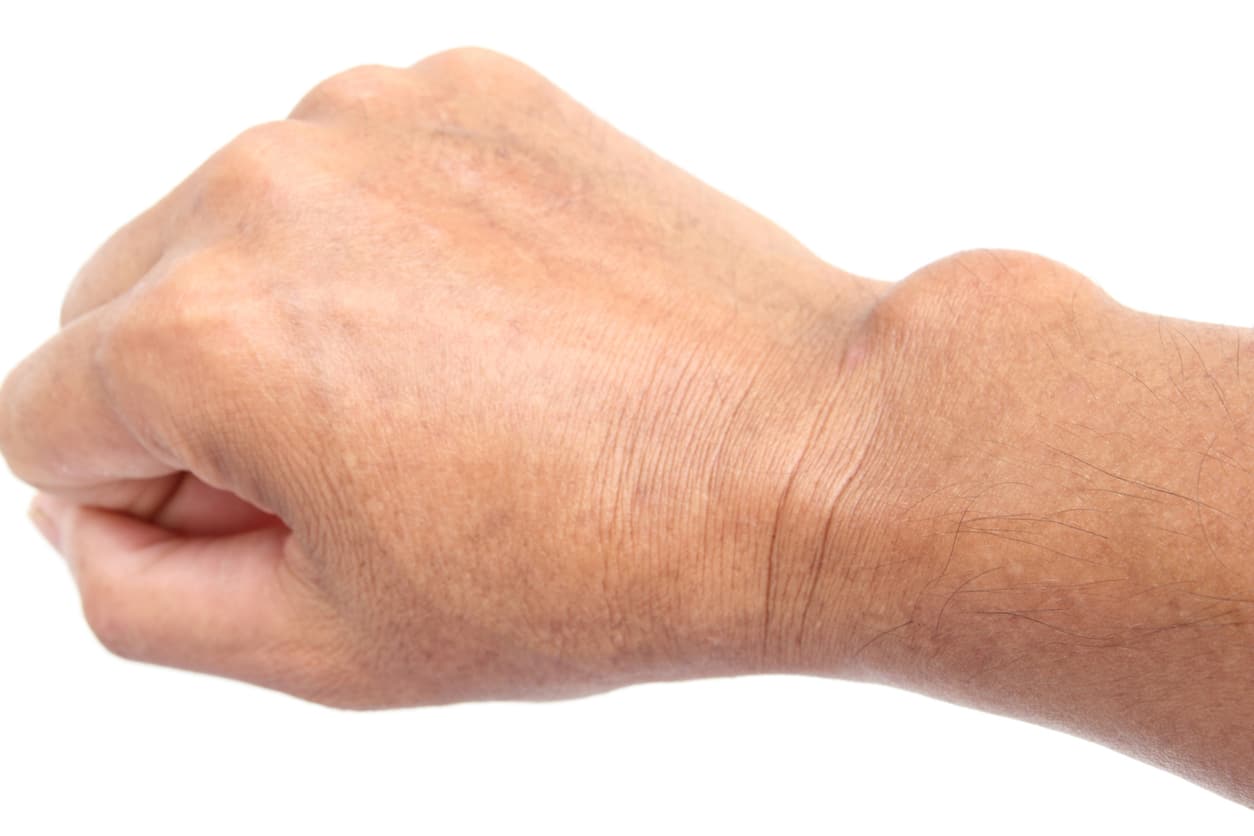
At home, you can use the American Academy of Dermatology’s ABCDE guide for assessing whether or not an atypical mole may become cancerous:
- Asymmetry: Half of the mole does not match the other half in size, shape, or color
- Border: The edges of the mole are irregular or blurred
- Color: The mole is not the same color throughout
- Diameter: The mole is larger than one-quarter inch in size
- Evolving: The mole is changing in size, shape, or color over time
If you have moles that bother you, don’t wait! Consult us for treatment options. Request an appointment online or call us at (972) 808-5196.
Mole Removal Options
The Rodgers Dermatology team is an expert in treating and removing moles. The best mole removal method for you will depend on various factors, including your skin type, your medical history, and the type, size, and location of your moles. All procedures are performed under local anesthesia.

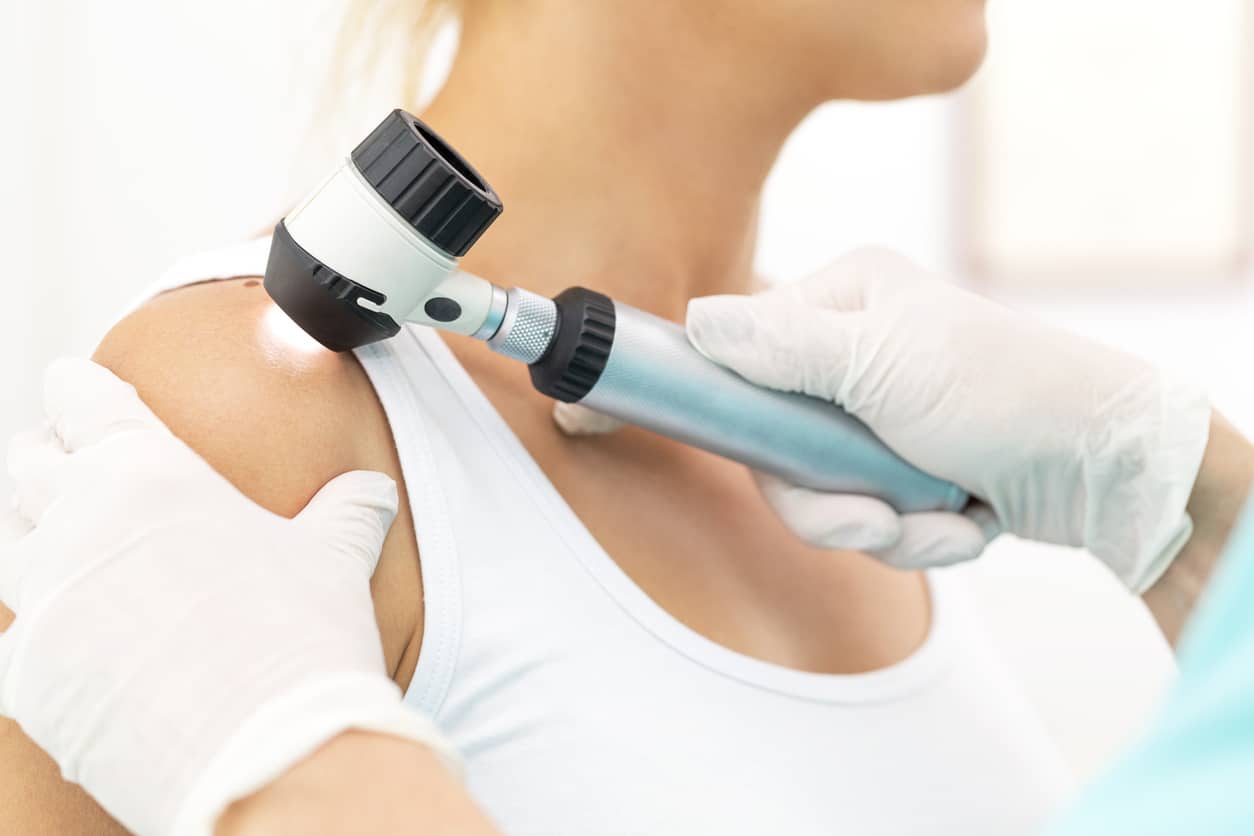
Surgical Removal of Moles
Surgical excision is one of the most common methods for mole removal. This involves cutting out the mole or cyst with a scalpel and stitching the wound closed. This dermatologic surgery method effectively removes large or deep moles but will leave a scar at the surgical site.
Another method is a shave removal. This involves shaving off the benign moles with a blade so it is flat. This method is suitable for small, raised moles. It will leave a small scar.
What Are Cysts?
- Closed pockets of tissue that can be filled with fluid, dead skin cells, or pus
- They can appear anywhere on the skin
- Smooth to the touch; feels like a pea underneath the surface
- Slow growing; generally painless and benign
- It only needs attention if it becomes infected or inflamed
Various factors, such as infections, injuries, inflammation, or blocked glands or ducts cause cysts. They are usually benign but can sometimes become infected or inflamed and cause pain or swelling.
Never try to squeeze or pop a cyst by yourself, as this may increase the risk of infection or scarring.
Types of Cysts
Three common types of skin cysts are pilar cysts, sebaceous cysts, and digital mucous cysts.
- Pilar cysts are benign cysts that develop from hair follicles, usually on the scalp. They are filled with keratin, a protein that makes up hair and nails. They are generally painless and do not cause any problems unless they become infected or rupture.
- Sebaceous cysts are benign cysts from sebaceous glands, which produce oil for the skin and hair. They can occur anywhere on the body, but are more common on the face, neck, and torso. They contain a thick, yellowish substance and may become inflamed, red, and tender.
- Digital mucous cysts are tiny, fluid-filled sacs that appear near the end joints of the fingers or toes. They are usually associated with osteoarthritis or other joint problems. Digital mucous cysts are caused by a leakage of synovial fluid, which lubricates the joints, from a small tear in the joint capsule.
If you have cysts that bother you, don’t wait! Consult our Frisco dermatologist for treatment options. Request an appointment online or call us at (972) 808-5196.
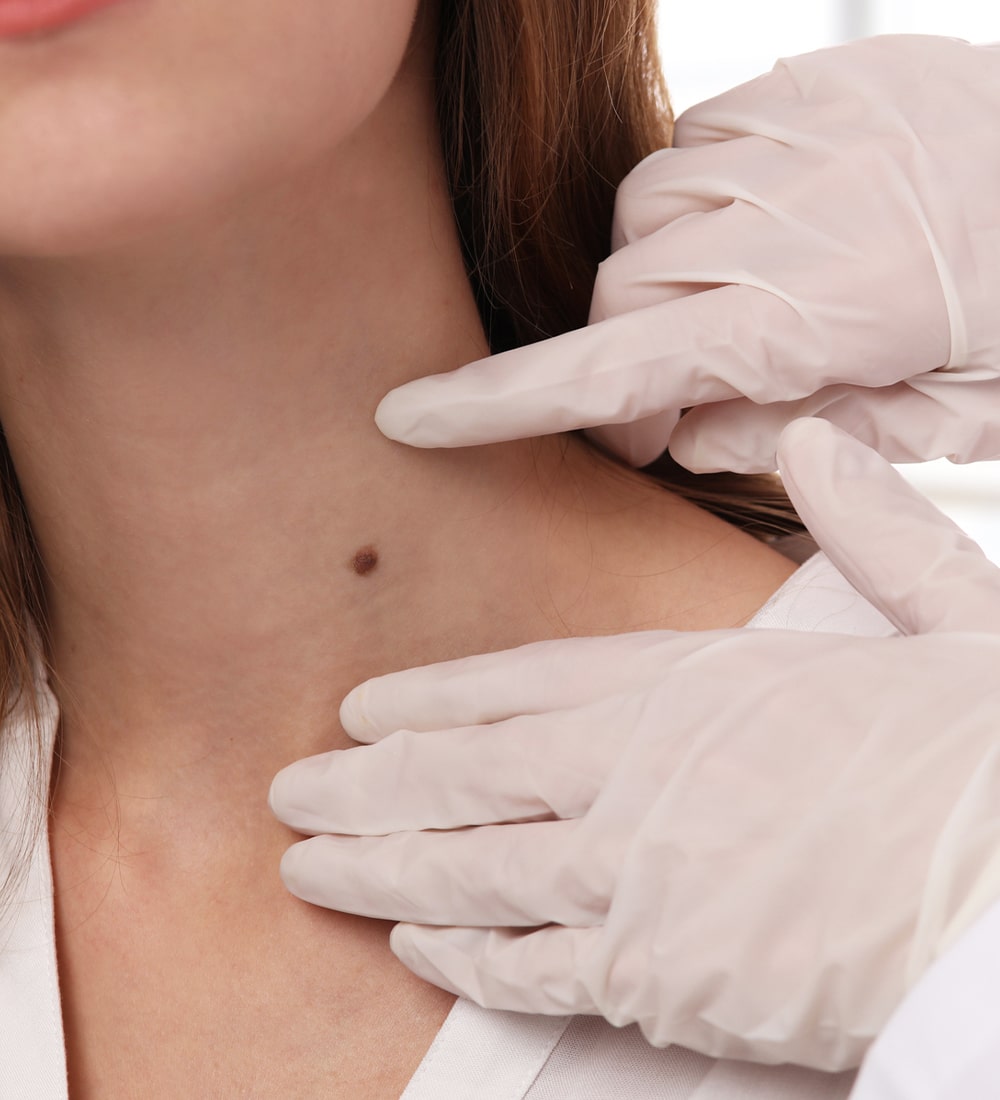
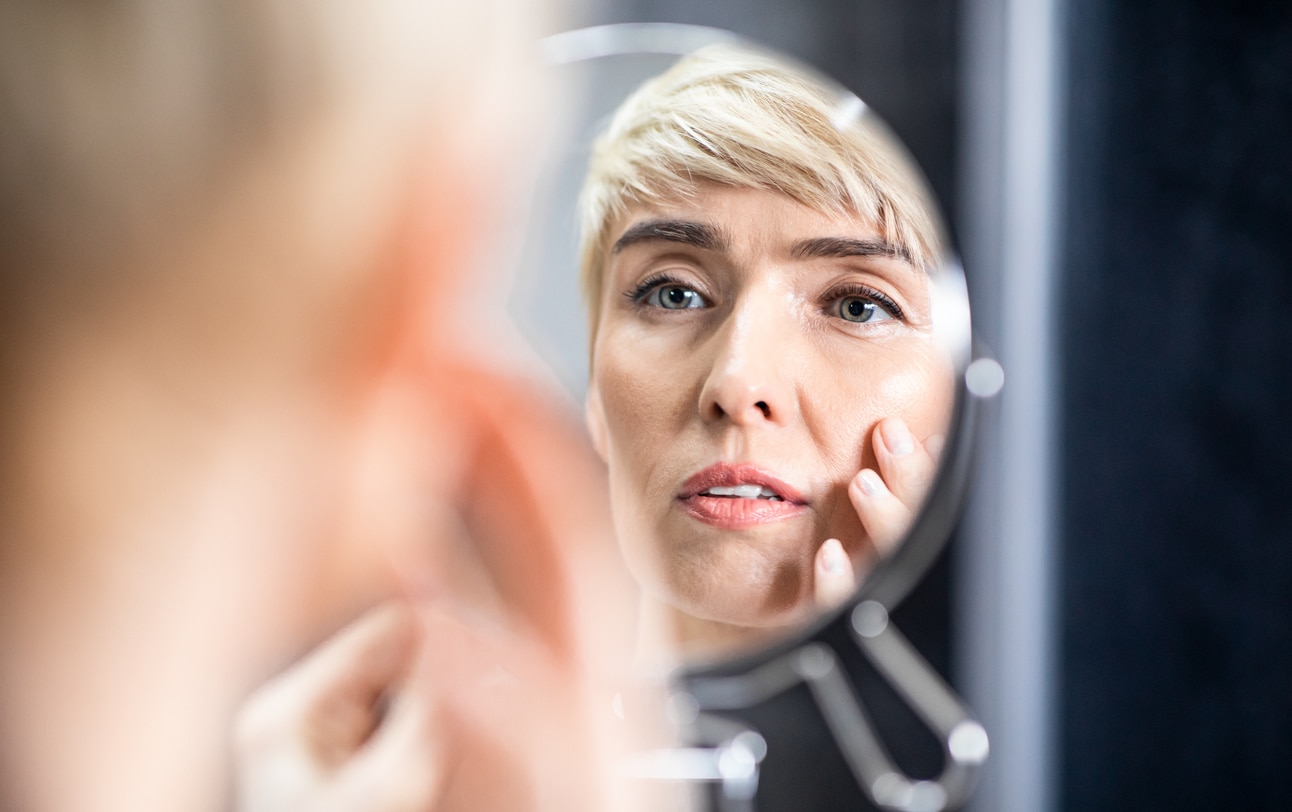
Cyst Removal Surgery
Most cysts generally do not require any treatment, but if you want a cyst removed, this can be done safely and easily in our office. There are two basic options to remove cysts: including incision and drainage (I&D) and excision. The method depends on several factors, including size, location, and prior treatments.
What Is A Lipoma?
A lipoma is a benign (non-cancerous) tumor that grows under the skin. The main difference between a cyst and a lipoma is the type of tissue: a cyst is filled with fluid or other material, while a lipoma is made of fat cells that are softer and more movable.
Lipomas can occur anywhere on the body, but they are most commonly found on the neck, shoulders, back, arms, thighs, and abdomen. These fatty lumps are usually painless and harmless, but they can sometimes cause discomfort or interfere with normal functions.
The exact cause of lipomas is not known, but some factors may increase the risk of developing them. Lipoma risk factors include:
- Age
- Genetics
- Obesity
- Injury
Lipomas do not usually require treatment unless they cause symptoms or cosmetic concerns.

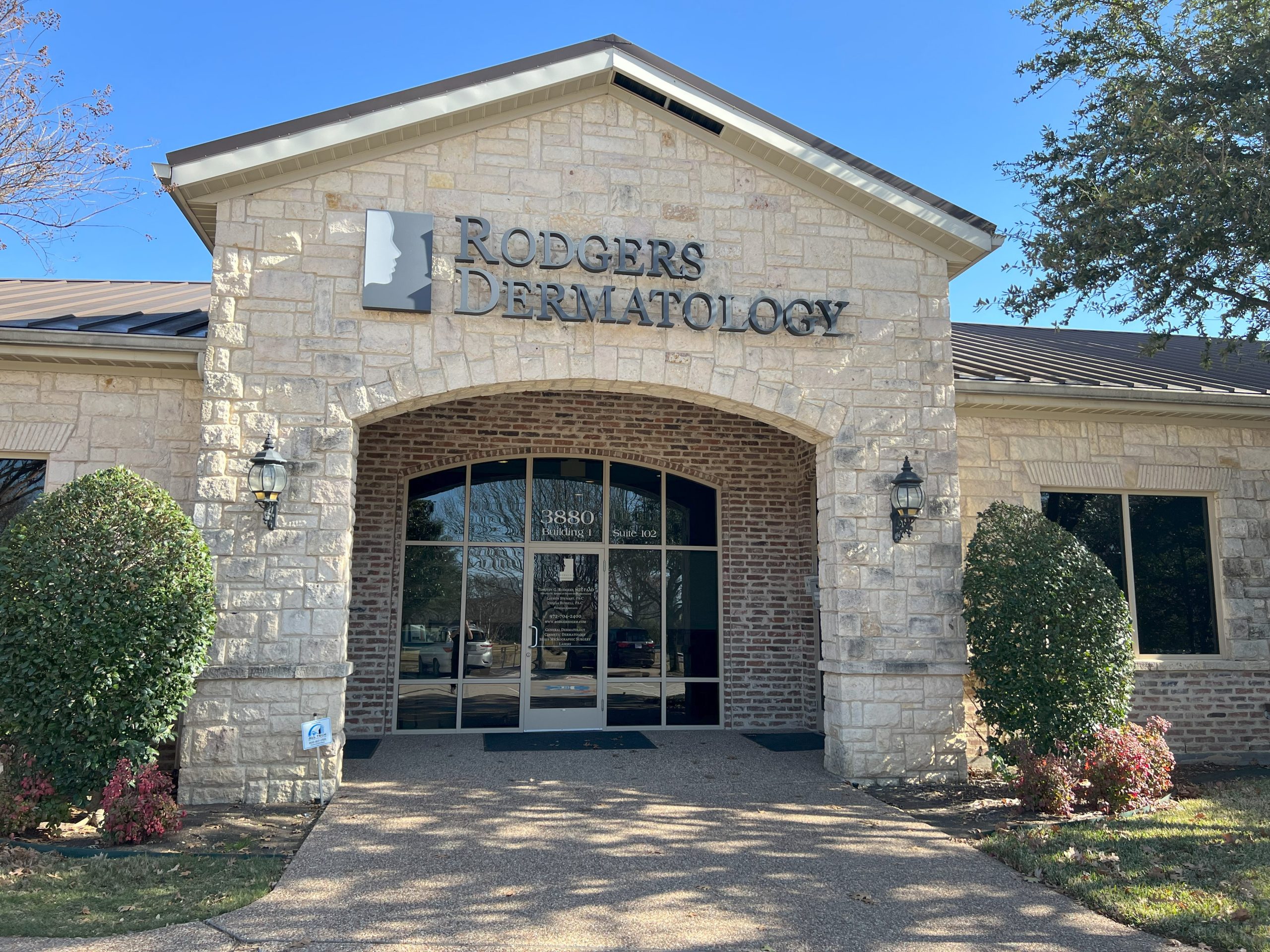
The Importance of Routine Skin Exams with a Dermatologist
Skin cancer is the most common form of cancer, but the good news is that it is curable when caught early. This is why we strongly recommend routine skin exams for all of our patients. In adults, new moles or changes to existing moles could be a sign of melanoma. A skilled dermatologist can diagnose a suspicious mole, cyst, or lipoma by examining it, taking a tissue sample, and performing a biopsy to screen for cancer cells.
If you notice a mole changing size, color, or shape, schedule a skin exam today.
Do You Need A Cyst, Lipoma, or Mole Removed? Choose Rodgers Dermatology in Frisco, TX for Quick Solutions
Rodgers Dermatology is one of the leading providers of mole, cyst, and lipoma removal in the Frisco area.
If you are searching for effective and easy mole, cyst, or lipoma removal in Frisco, Plano, McKinney, Allen, Prosper, Celina, or The Colony, please contact our office to schedule a consultation. We look forward to providing the personalized care you deserve.
